Technical & Planetary Developments in Astrology
Graves’s Studies in the History of Astrology, Vol. 1
by Philip Graves
304 pages/ 17 April 2025 / b&w paperback: 9781947544796
In this first of four volumes on the history of astrology, Philip Graves dives into the twin topics of technical developments and planetary discovery and their effects on modern astrological practice.
In Part One, Graves reveals a thorough history of house meanings from Manilius to Kepler and provides a thorough exploration of aspects from Kepler’s additions to minor aspects through the centuries to John Addey’s developments in harmonics.
In Part Two, Graves reveals how astrologers came to create “Sun-sign” astrology as we know it today and discusses a surprising new source for the first Sun-sign column. He then takes us to the outer solar system, showing how the meanings of Uranus, Neptune, Pluto and even the three Liliths came to settle in the modern astrological canon.
A definite must-read for any astrological enthusiast and professional practitioner.
This title will be released on April 17, 2025.
Foreword to Technical & Planetary Developments in Astrology by Philip Graves
by Nicholas Campion
Philip Graves’ meticulous and detailed examination of technical issues in the history of astrology marks an original contribution to our understanding of the development and nature of western astrology. Graves has taken eight specific areas of astrological interpretation, all of which are, in their different ways, fundamental to both the practice of astrology and its cultural position. Concerning the practice of astrology, Graves has documented the development of the meaning of the houses, planetary aspect theory from the seventeenth century onwards, and the textual history of the attribution of meaning and rulership to the three principal ‘outer planets’, Uranus, Neptune and Pluto, as well as discussions concerning the minor, and loosely-defined body, Lilith. As far as astrology’s cultural position and mass appeal is concerned, Graves has documented the development of the ascent of the Sun-sign to its central interpretative role, and the early appearance of the so-called Sun-sign column. He both has questioned the widespread argument that the theosophical astrologer Alan Leo was responsible for the importance attributed to the Sun-sign and overthrows what is now known to be the myth that R.H. Naylor originated the modern newspaper astrology column in 1930.
Graves’ fascinating account of the development of the meaning of the astrological houses, aspects, and outer planet rulerships, provides insights into how they are both created and change over time. He therefore reinforces the perspective of those modern astrologers (such as Leo’s fellow, but later, Theosophist, Dane Rudhyar) for whom the meanings attributed to astrological symbols were culturally relative (even if they were still believed to provide insight into deeper spiritual truths). He also therefore challenges those astrologers for whom such astrological factors represent some kind of fixed objective truth in themselves.
The boom, small though it is in relation to other areas, in the historiography of astrology over the last fifty years, has been almost entirely concerned with its ideas and intellectual constructs, or ‘mentalities’, and with social history. Only historians of Mesopotamian astrology have seriously considered technical matters. Graves has done us all a favour by opening a way to the study of the history of technical methods, and the basis on which astrologers’ interpretations are constructed, from the Hellenistic period onwards. He has provided future students of the history of astrology with a pathway which can no longer be ignored.
Graves’ work is therefore entirely in line with the approaches we have developed in teaching the history of astrology in the MA in Cultural Astronomy and Astrology at the University of Wales Trinity Saint David, where we insist that students explore not just what astrologers say about what they do, but what they actually do. That is, astrologers may write one thing about what they think astrology is, but their delineations of sample horoscopes may tell another story. Graves does not look at individual chart delineations, but he examines the development of the fundamental claims which underpin those delineations.
Graves’ book is vital documentary history. It should be essential reading both for those historians who wish to understand the development of technical astrology, and for those students of astrology who wish to be better informed about the foundations of their own practice.
Nicholas Campion
University of Wales Trinity Saint David
February 27th 2025
Table of Contents
Acknowledgments xii
Foreword by Nicholas Campion xiii
Introduction xv
Part One:
The Evolution of the Astrological Houses and Astrological Aspect Theory
1. From Manilius to Modernity: A Study of the Evolution of the Meanings of the Astrological Houses 3
Introduction 3
The Oktatropos or Oktatopos 5
i. Thrasyllus 5
ii. The Michigan Astrological Papyrus 6
iii. Antiochus of Athens 8
iv. Julius Firmicus Maternus 8
Lot-Houses 9
The Evolution of the Meanings of the 12 Houses 10
1. Marcus Manilius (fl. 1st century CE) 10
2. Thrasyllus (died 36 CE) 12
3. Dorotheus of Sidon (c. 75 CE) 14
4. Ptolemy (c. 100–178 CE) 15
5. Vettius Valens (c. 120–175 CE) 15
6. Antiochus of Athens, The Thesaurus (summary) 17
7. Michigan Astrological Papyrus (estd. 2nd century CE) 18
8. Porphyry (c. 232–304 CE) 19
9. Julius Firmicus Maternus (c. 20 – c. 360 ce – text ca. 335 CE) 20
10. Paulus Alexandrinus – (born 330 ce; written 378 CE) 20
11. Hephaestio of Thebes (born 380 ce; text written ca. 415 CE) 22
12. Rhetorius the Egyptian (ca. 505 CE) 22
13. Liber Hermetis 24
14. Masha’Allah (c. 740–815 CE) 24
15. Omar of Tiberias (died c. 815 CE) 25
16. Abu ‘Ali Al-Khayyat (c. 770–835 CE) 26
17. Sahl ibn Bishr (fl. 811–825 CE) 27
18. Abū Ma’Shar al-Balkhî (c. 787–886) 29
19. Al-Qabîsî (d. 967) 30
20. Al-Rijāl (Haly Abenragel) (d. ca. 1040) 31
21. Al-Bîrūnî (973 – ca. 1048) 35
22. Abraham Ibn Ezra (c. 1089–1164) 36
23. Guido Bonatti (ca. 1210–1295) 38
24. Leopold of Austria (compilation written c. 1271) 40
25. Johann Schöner (1477–1547) 41
26. Claude Dariot (1533–1594) 42
27. William Lilly (1602–1681) 44
28. Morin de Villefranche (1583–1656) 46
29. John Gadbury (1627–1704) 48
30. Alan Leo (1860–1917) 50
Conclusion 55
Endnotes 55
2. From Kepler to Addey:A Chronology of Developments in Astrological Aspect Theory from 1602 to 1976 63
Part One: Traditional Approaches to Astrological Aspects 63
i. Which aspects were traditionally recognised? 63
ii. How were aspect orbs traditionally calculated? 64
Part Two: The Aspect Innovations of Johannes Kepler 66
i. What changes did Kepler propose to the system of aspects? 66
ii. Reception of the harmonic aspects after Kepler, 1647–1913 68
a. William Lilly 68
b. James Wilson 68
c. Zadkiel 69
d. W. H. Chaney 70
e. Llewellyn George 71
Part Three: Astrologers’ Departure from Planetary Orbs, 1861–1900 72
i. Richard Morrison (1861) 72
ii. W. H. Chaney (1890) 73
iii. Alan Leo and Frederick Lacey (1890) 75
iv. Robert T. Cross (1891) 79
v. H. S. Green (1892) 80
vi. Alfred Pearce (1892) 81
vii. George Wilde and J. Dodson (1894) 82
viii. Alan Leo (1897) 82
ix. Sepharial (1898) 83
Part Four: 20th-Century Developments in Harmonic Aspect Theory 84
i. Noviles gaining acceptance? The aspect instruction of Karl Brandler-Pracht 85
ii. Septiles and Quarti-squares? The new aspect innovations of George Wilde 85
iii. Neutral 15° Aspects? The ideas of A. Frank Glahn 87
iv. Potent 15° Aspects? The Notions of K. W. von Elmensberg 88
v. The Numerological Circle Division Factor Theory of Charles E. O. Carter 89
vi. Consolidation of Harmonic Aspect Theory by Dr. Walter Koch 91
vii. Wider adoption of quartisextiles – the testimony of Thomas Ring 93
viii. Harmonic Theory Revisited: the Integrally Harmonic Astrological Philosophy of John Addey 95
Afterword: the Statistical Research of Karl-Ernst Krafft 98
Appendix: Addey’s System Moderated: The Graves Method of Orb Calculation 98
The Harmonics after Addey – A summary Bibliography, 1977 to 2019 102
Endnotes 104
Part Two:
Astrologers’ modern treatments of the Sun, and integration of the outer planets and Lilith
3. The Rise of the Sun: the Natal Sun Emphasised, 1887–1959 113
Part 1: A Summary of Sun-sign Writings before 1887 113
Part 2: Butler’s Revolution: Solar Biology and the Soli-Lunar Polarities unleashed 117
Part 3: The Solar Revolution Reverberates: Increased Solar Prominence in General Astrological Writings, 1889 to 1952 123
Part 4: Solely the Sun: The Unstoppable Rise of the Sun-sign Primer, 1894 to 1959 124
Part 5: Law of the Lights: Works on the Sun- and Moon-sign Combinations after Butler 131
Part 6: The signs of the zodiac divided: The Draw of the Degrees, 1879–1953 132
Part 7: Lustre of the Luminaries through the Lens of Leo: Alan Leo’s teachings around the natal Sun and Moon, 1896–1913 135
Endnotes 145
4. The Early History of Sun-sign Forecasting and Newspaper Astrology, 1890–1937
Introduction: What is Sun-sign Forecasting and Why is it so Controversial? 152
Part 1: Precursors to Sun-sign Forecasting in the late-19th-C. Astrological Press 154
Part 2: Representation of astrology in United States Newspapers before 1910 155
Part 3: The first regular newspaper astrology columns 161
Part 4: Early Solar Degree Area Forecast Columns 164
Part 5: The first twelve-paragraph Sun-sign forecast columns 167
Part 6: The first Sun-sign forecasting in the UK press 171
Part 7: The true role of R. H. Naylor in the history of newspaper astrology 172
Conclusion 175
Endnotes 176
5. The Earliest Astrological Conceptualisations of the Planet Uranus, 1781–1839
When was Uranus first discovered? 181
How and when did Uranus come by its name? 182
How did astrologers react to the discovery of Uranus? 184
The Conjuror’s Magazine (1791–93) 185
Thomas White (1811) 187
P. J. Swift (1812) 187
The Monthly Correspondent on Physical and Prognostic Astronomy (1814) 188
James Wilson (1819) 192
The Straggling Astrologer 194
Uranus invoked as a contributory cause of major fires 195
Uranus as a cause of death by transit 197
On the question of the essential dignities of Uranus 197
The Spirit of Partridge (1824) 198
Robert Cross Smith (Raphael I) (1828) 200
Thomas Oxley (1830) 203
Rupertus Stella (1832) 203
Richard Morrison (1833) 204
The Horoscope (1834) 205
Uranus in the prediction of weather 206
Uranus in the prediction of Earthquakes 206
Uranus in Mundane Astrology 208
Debates over the influence and essential dignities of Uranus 208
Uranus in nativities and as a cause of critical illness and death 210
David Parkes (1839) 212
Conclusion 214
Endnotes 214
6. When Did Astrologers First Associate Neptune with Pisces? 223
Introduction: When and how was Neptune discovered? 223
Part One: Why did it take so long for astrologers to incorporate Uranus and Neptune into their practice? 224
Part Two: The first published sources on the question of Neptune’s sign rulership 227
1. Alfred Pearce (1880) 227
2. Friend of J. T. Campbell (1888) 228
3. John Ackroyd (1890) 228
4. Nemo (pseud.) (1892) 229
5. Thomas H. Burgoyne (1892) 230
6. “Sagittarius” (1894) 230
Conclusion 232
Endnotes 233
7. The First Published Assessments on the Sign Rulership of Pluto 235
The first published assessments on the sign rulership of Pluto, 1897–1931 235
1. Fomalhaut: Aries (1897) 235
2. Isabelle Pagan: Scorpio (1907; 1908; 1911) 236
3. A. E. Thierens: Aries (1911 / 1931) 238
4. A. M. Wrey: Scorpio (1913) 238
5. Sepharial: Aries or Scorpio (1918) 239
6. E. Caslant: indeterminate, probably Aries (undated, before 1926) 239
7. Francis Rolt-Wheeler: indeterminate (1930) 241
8. Elizabeth Aldrich: indeterminate (1930) 241
9. L. H. Weston: indeterminate (1930) 242
10. Llewellyn George: Scorpio (1930) 243
11. Frederick Thoresby: Scorpio (1930) 247
12. J. P. Gross: Leo (1930–31) 247
13. Bessie Leo; and ‘E. S.’: Scorpio (1931) 248
14. Karleen S. Lyon (presumed): Scorpio (tentative) (1931) 248
15. E. H. C. Pagan: Scorpio (1931) 249
16. C.E.O. Carter: indeterminate (connections with Cancer, Scorpio) (1931) 250
17. Mabel Baudot: Scorpio (1931) 252
Conclusion 253
Endnotes 254
8. Lilith in Astrology: Second Moon, Asteroid, or Lunar Apogee? 255
Part One: Lilith as a Second Moon of the Earth: Speculations, 1898–1918 255
Sepharial’s role in the naming of Dark Moon Lilith 256
From Two Moons to Three? 258
The Influence of Dark Moon Lilith: first judgements 259
The Dark Moon Wars: Sepharial clashes with Wilson 261
Three More Dark Moons? The mysteries deepen! 264
Fading Interest: Alan Leo Marginalises Lilith 268
Alfred Pearce on Lilith: Total Disinterest 269
Early French sources on Dark Moon Lilith (selection) 269
Later American Sources on Dark Moon Lilith (summary) 270
Part Two: Black Moon Lilith: first conceptualisations, 1935–1943 271
Later treatments of Black Moon Lilith: selected references 275
Part Three: Lilith as Asteroid – early research, 1980–2000 (summary) 276
Endnotes 277
Index 281
About the Author
Philip Graves
Philip Graves is an astrological researcher, historian, writer, and lecturer who founded and continues to develop an extensive multilingual astrological reference library. Graves formerly wrote a wide range of articles on the principles and techniques of astrology, and has since produced a substantial body of original essays on the history of modern astrology, appearing through Revelore Press in four volumes. The library, currently based in Newport, South Wales, UK, features over 8,000 unique edition-volumes of books and 12,000 issues of magazines, journals, and almanacs. You can support it via https://www.astrolearn.com/donate-sponsor-astrology-library/ or browse the full catalogue at www.astrolearn.com/astrology-bibliography

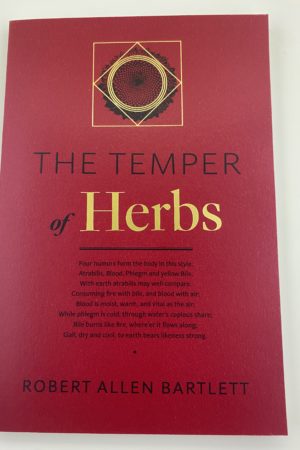
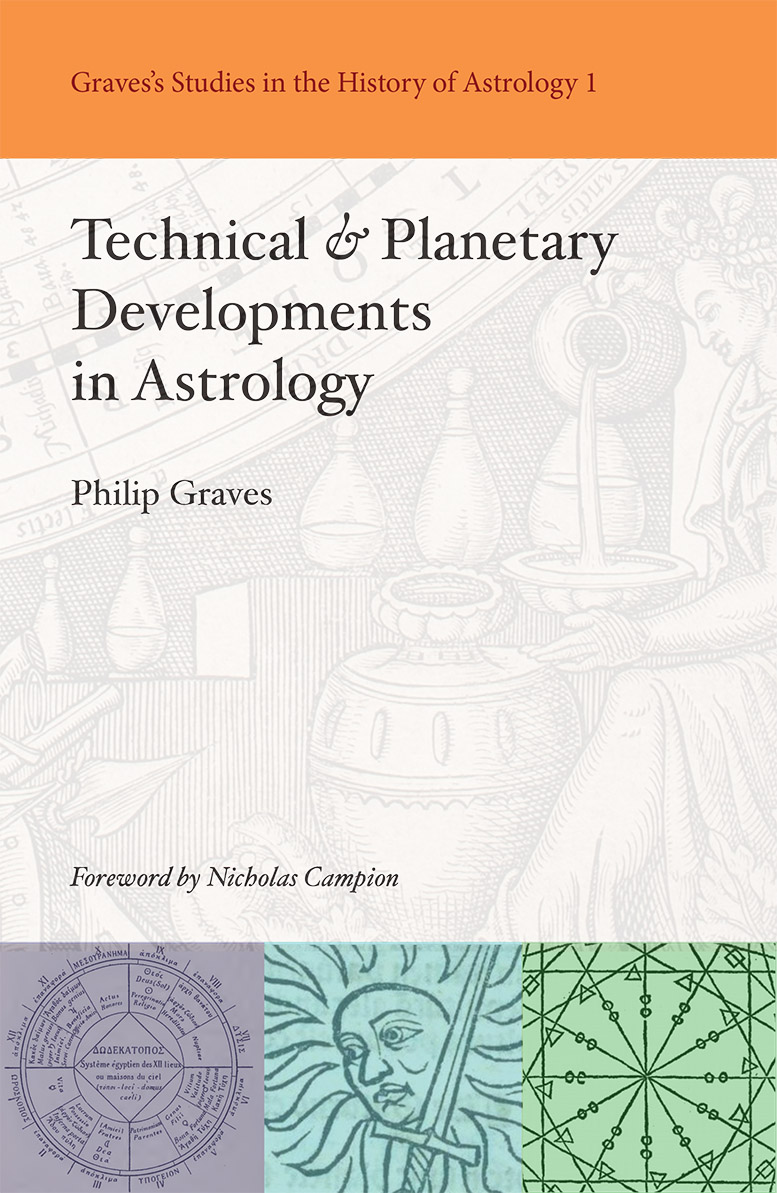

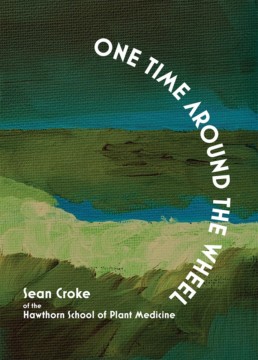
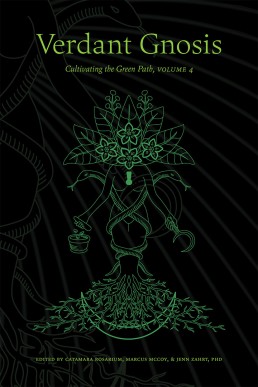


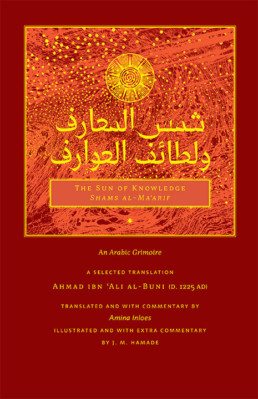
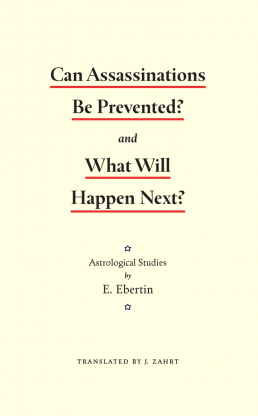
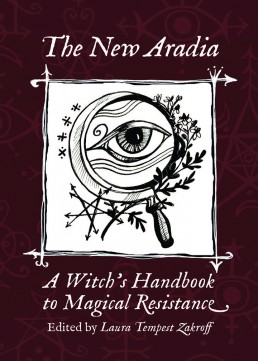
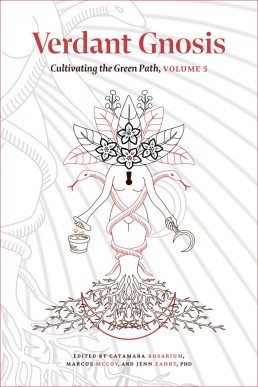
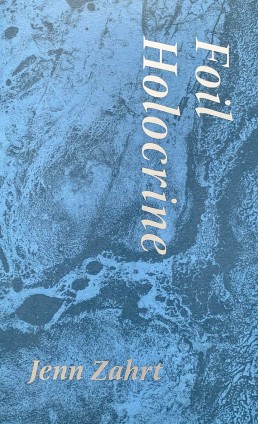
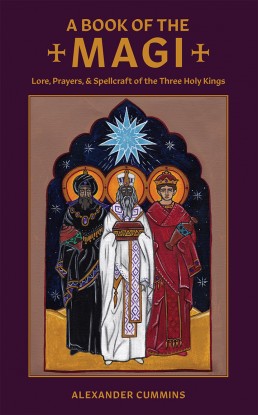
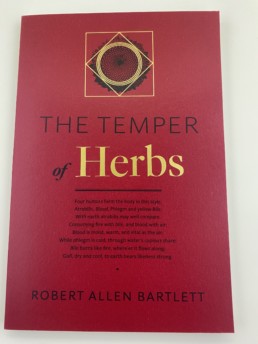
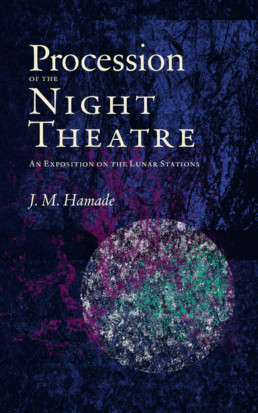
Reviews
There are no reviews yet.